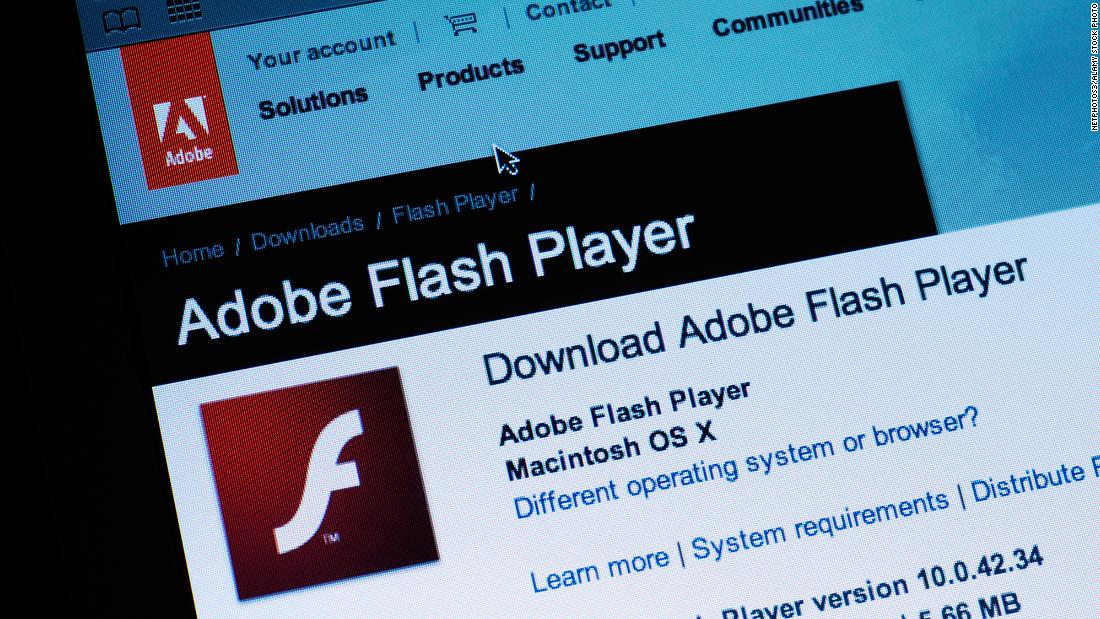The writing has been on the wall for a long time. Although Flash played a crucial role in the early days of the Internet – it used to be, for example, the standard way in which YouTube played its videos – it has become obsolete. Open web standards, like HTML5, have made it possible to embed content directly into web pages.
Even when it was still useful, it was far from universally loved. When some iPhone users lamented the lack of Flash on their devices, making some sites unusable, Apple (AAPL) co-founder Steve Jobs refused to budge. In 2010, he wrote a scathing open letter about the software, saying that iPhones and iPads would never support Flash, which for years has been plagued with bugs and security vulnerabilities.
This marked the beginning of the end. A year later, Adobe said it would no longer develop the software on mobile devices.
Flash Player has remained an ubiquitous desktop tool across multiple web browsers, with over 1 billion users just a decade ago, making it a particularly useful vulnerability for hackers to exploit. The software was a notorious target for hackers and resulted in several high-profile security breaches.
As HTML5 began to overtake Flash, usage declined. In 2014, 80% of Google Chrome users visited a website with Flash code. That dropped to just 17% in 2017.
Adobe (ADBE) announced its plan to discontinue support for Flash three years ago – and the program’s “end of life” day finally arrived on December 31. Although some operating systems and browsers have already discontinued Flash, Adobe is encouraging people to verify that Flash Player is uninstalled on their devices immediately “to help protect their systems” because it will no longer receive security updates.
The company published uninstall instructions for Windows and Mac users. It works like this:
- Download an uninstaller application for Flash Player. (There is a different system for each operating system; if you are on a Mac, pay attention to the version of the operating system you are using.)
- Run the uninstaller. (On Windows, you will first need to close all browsers and programs that use Flash. On iOS, you will do this as part of the process.)
- You can then verify that the uninstallation was successful by restarting the computer and checking the status of the Flash Player on the computer on the Adobe website.
Goodbye, Flash Player.
